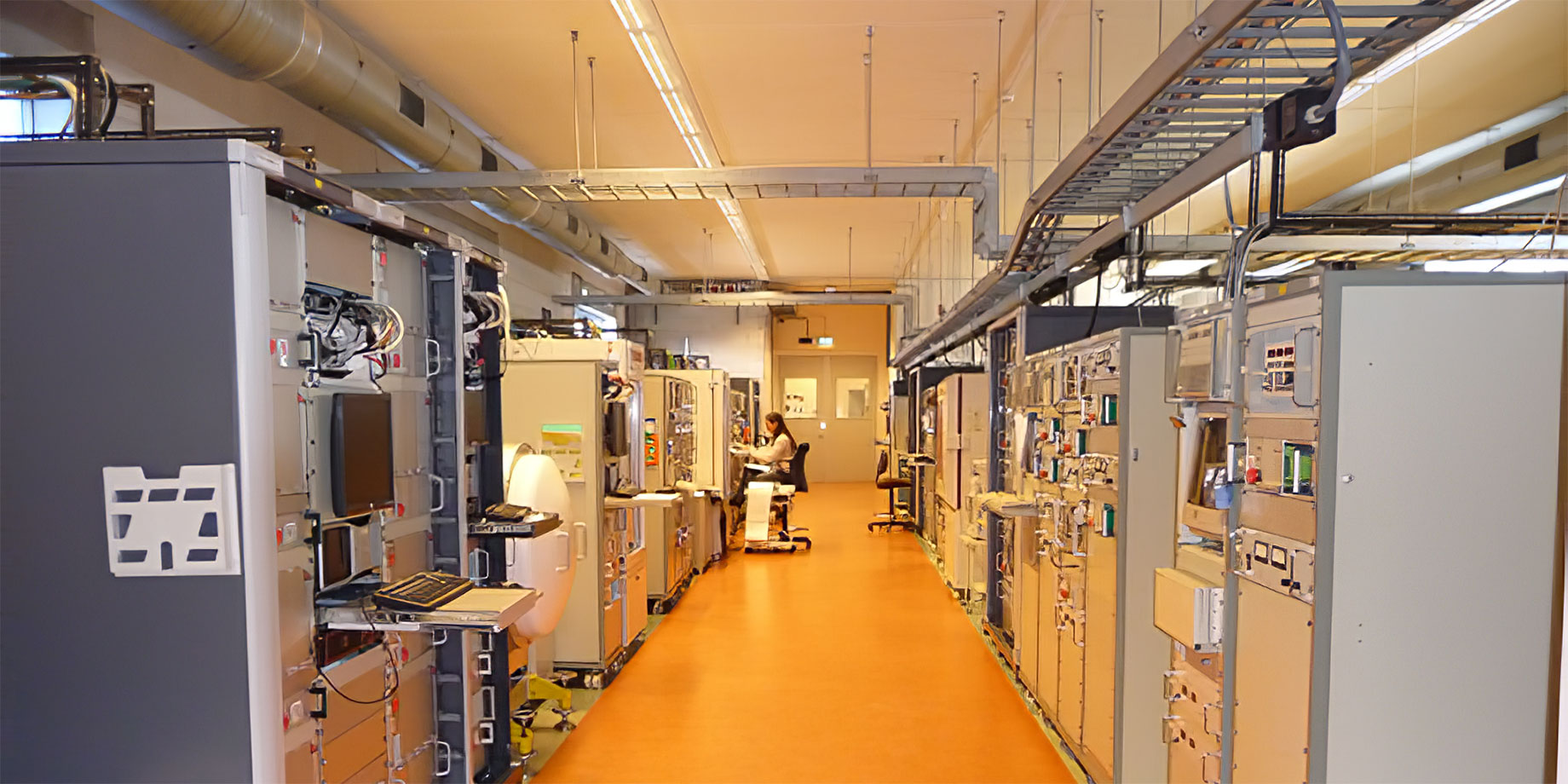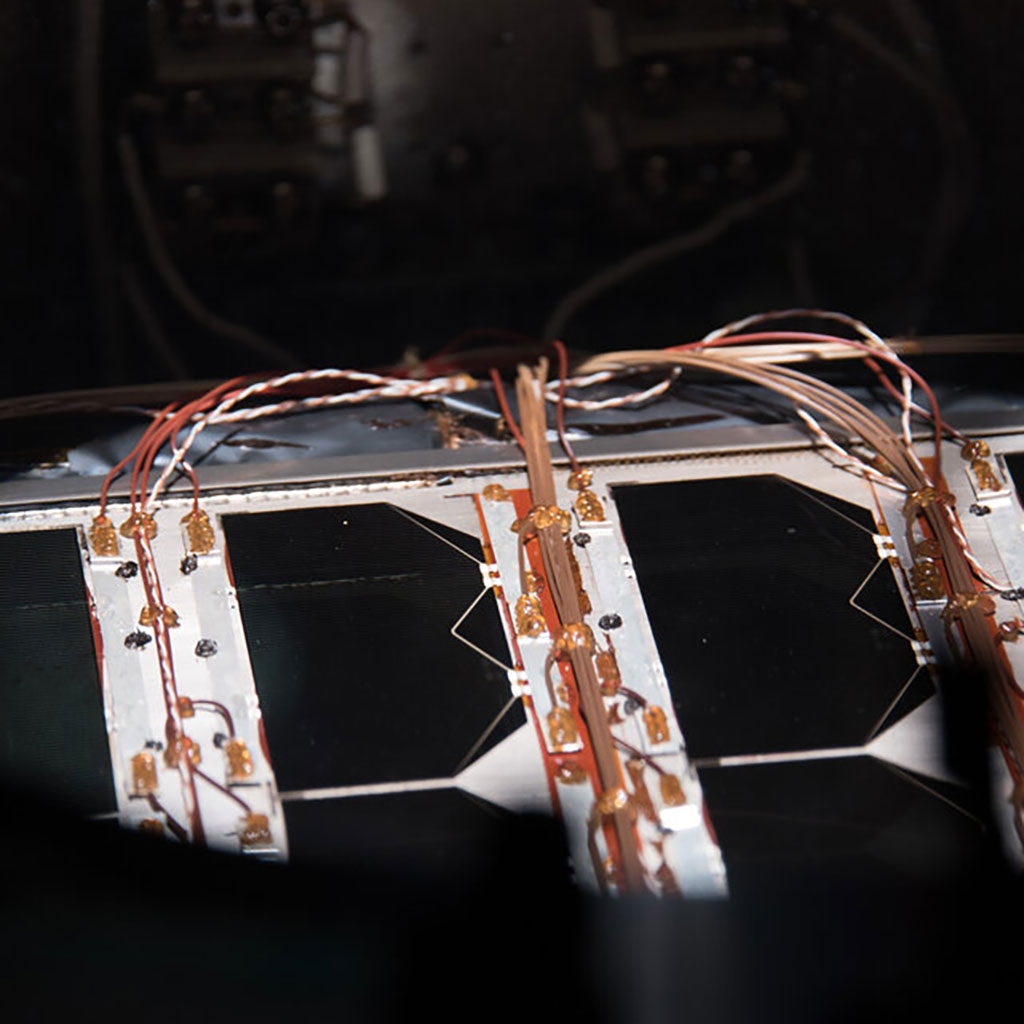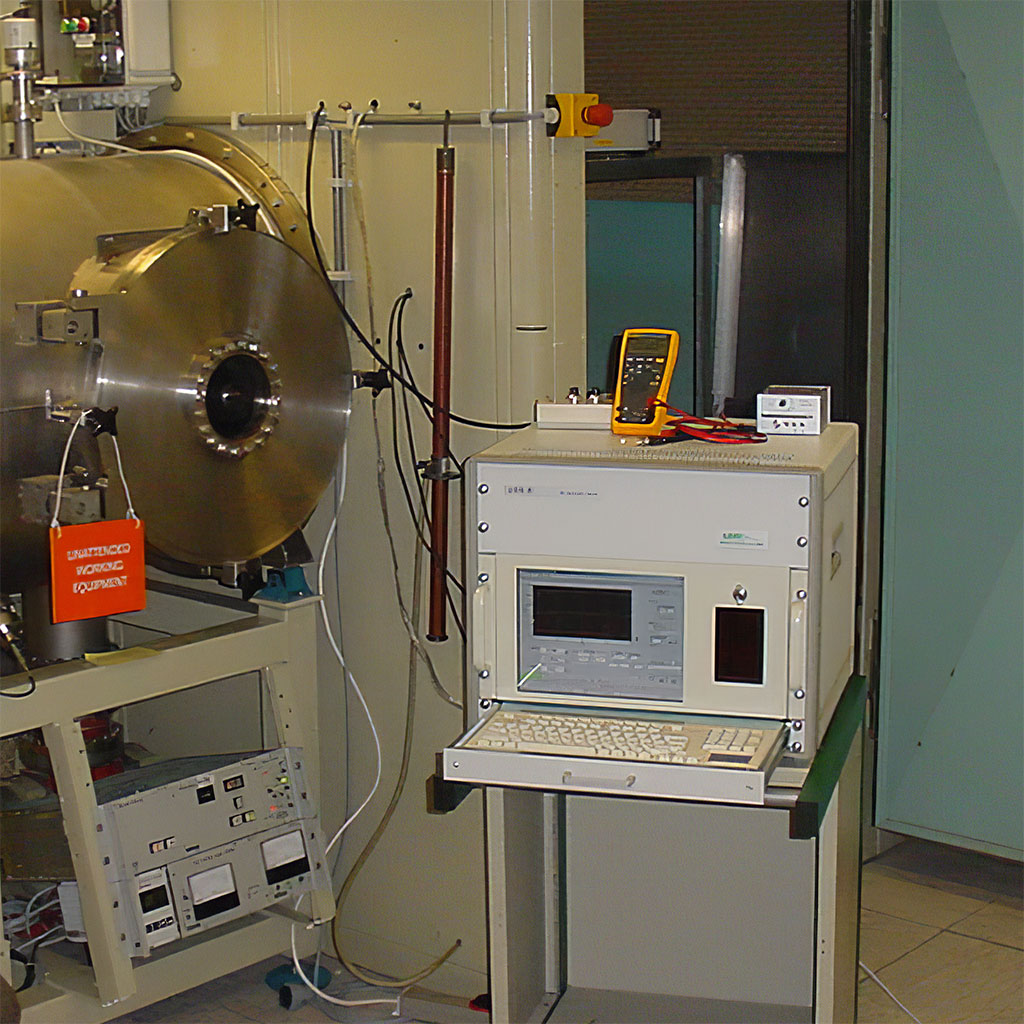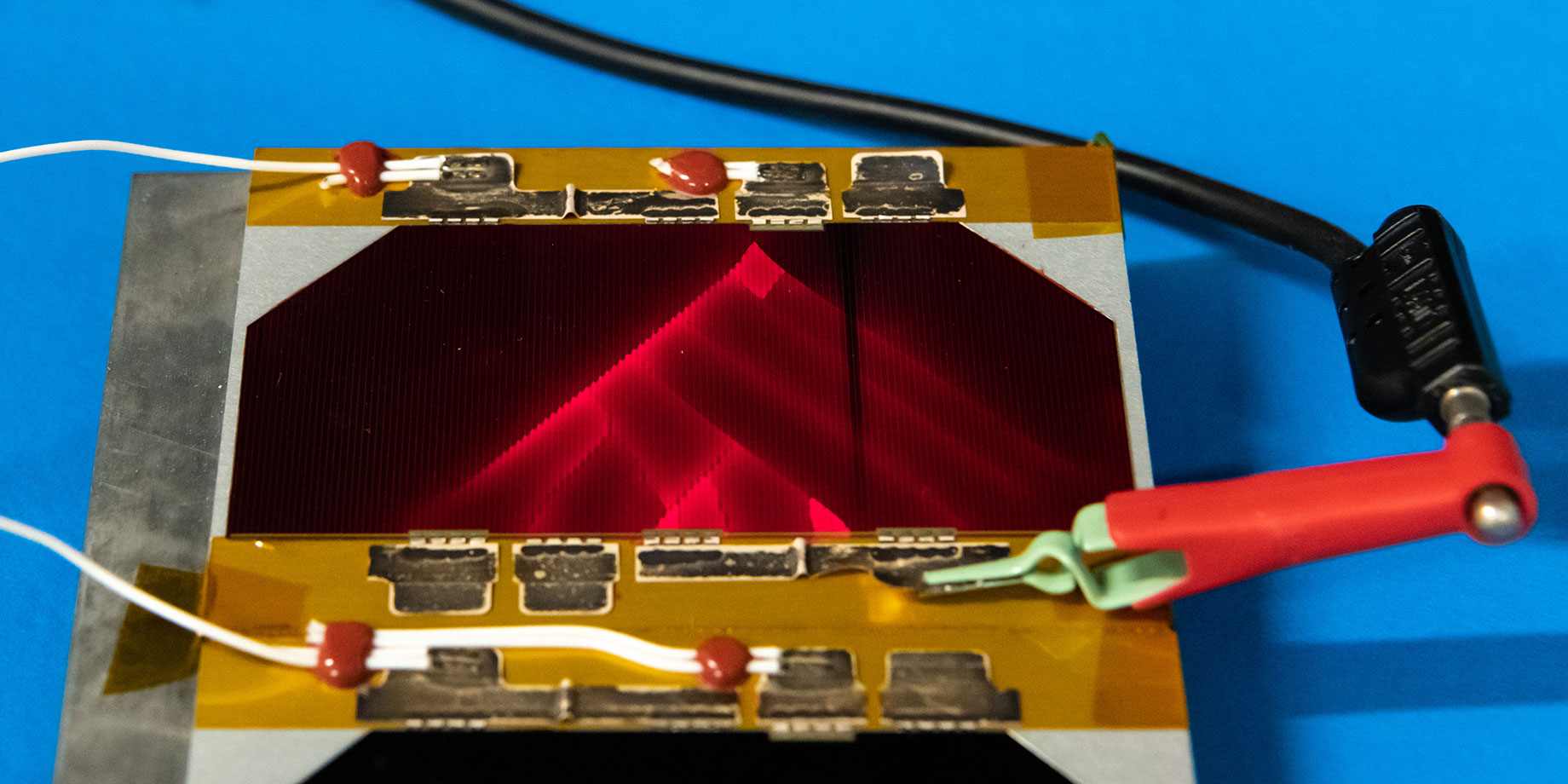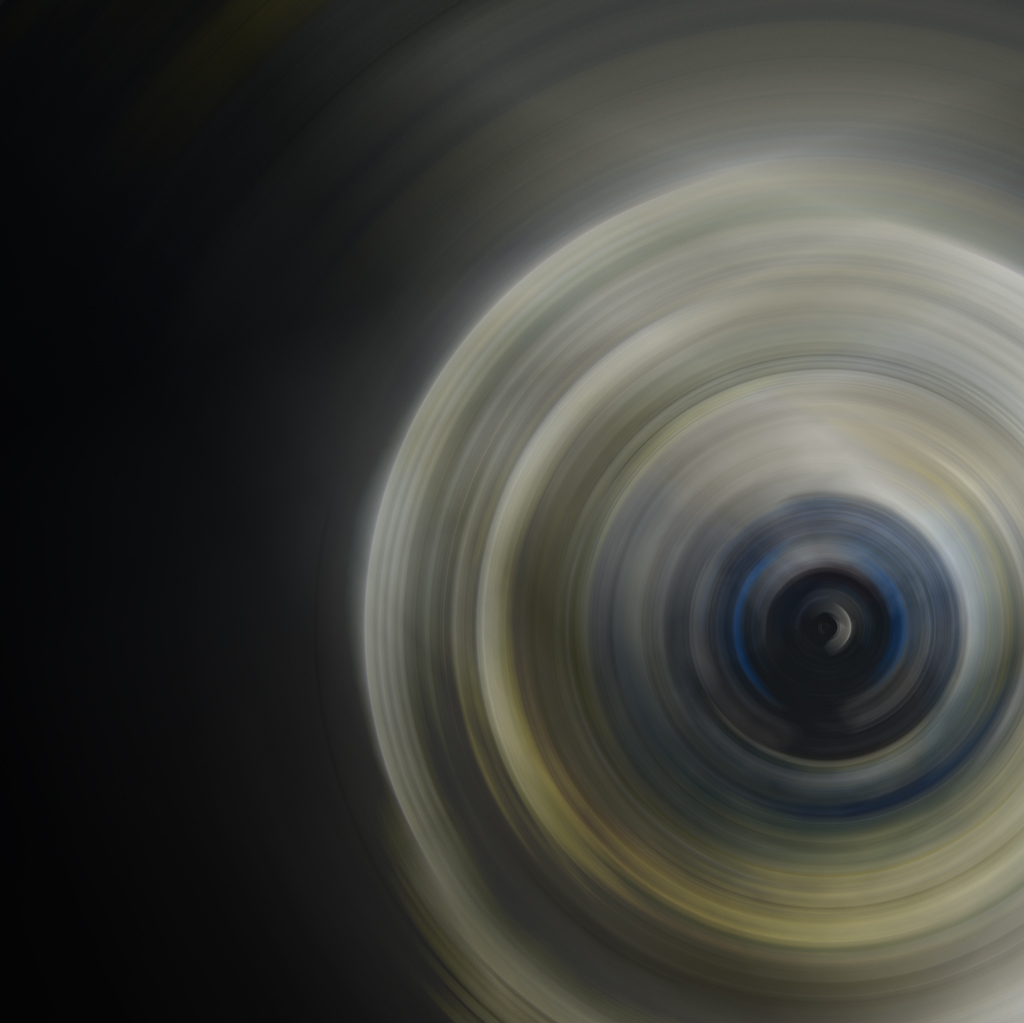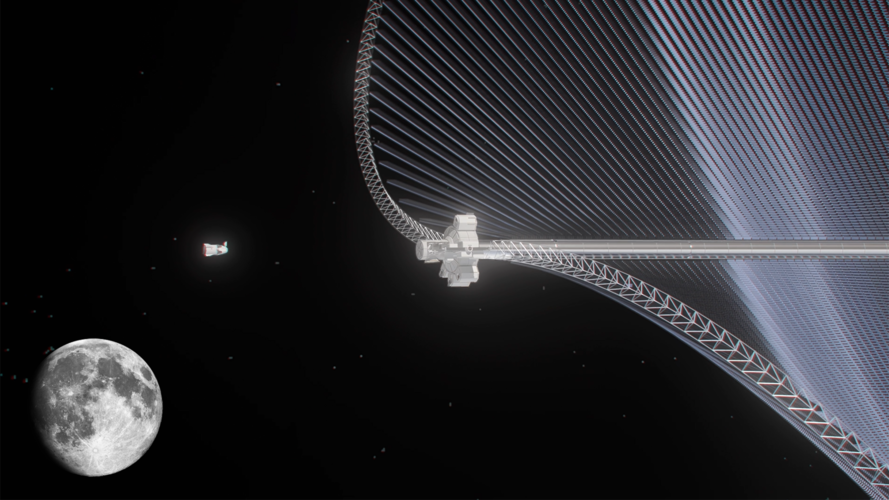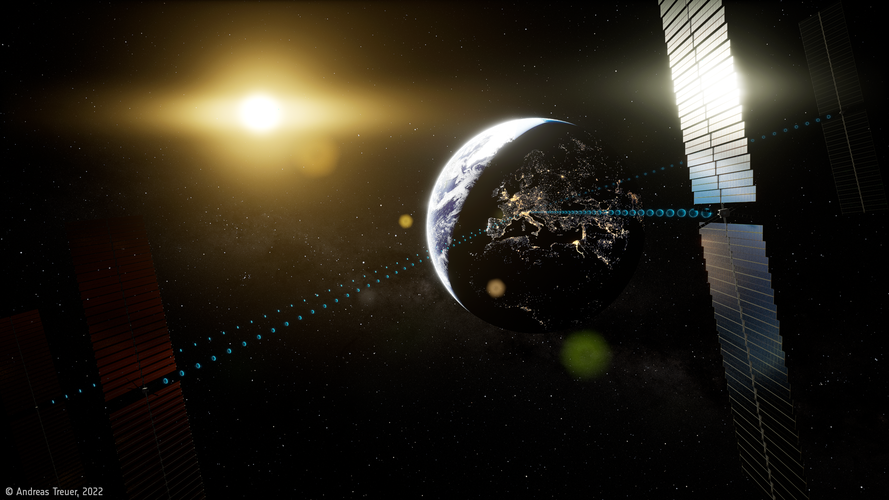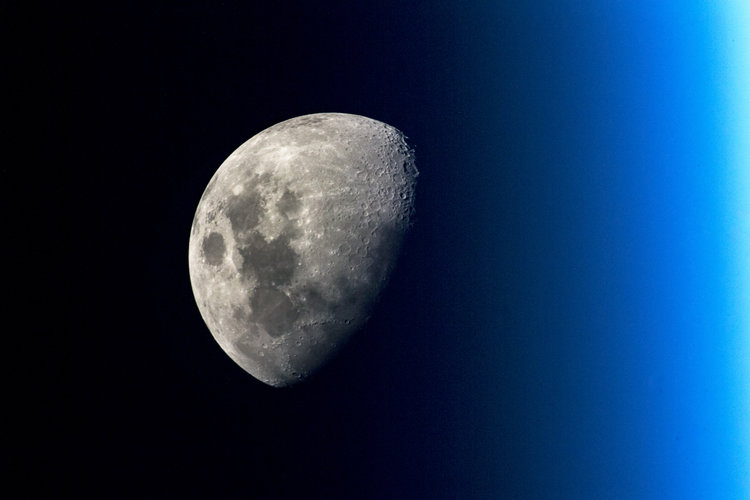ESA Space Power Laboratory
In operation since the 1970s, the ESA Space Power Laboratory is among Europe's leading facilities of this kind. The ESPL performs tests related to all aspects of satellite power systems and equipment, including power conditioning to manage and convert onboard electricity, solar generators based on photovoltaic cells converting sunlight into electrical power as well as space cells and batteries to keep missions operational in all circumstances.
Tests related to all aspects of satellite power systems and equipment
The ESPL provides
an independent and impartial evaluation of power system designs
for ESA programmes, R&D prototypes and Third-Parties activities.
They cover:
The ESPL provides
an independent and impartial evaluation of power system designs
for ESA programmes, R&D prototypes and Third-Parties activities.
They cover:
Characterisation testing of critical power supply components and breadboards
Failure investigation
Environmental testing, e.g. thermal cycling and life test of solar array coupons
Power converter design validation, by e.g. linking them to solar array simulators
High voltage testing in ambient, partial pressure and vacuum conditions
Solar array and cells inspections and performance measurement under simulated sun
Long-term multi-year space battery testing including thousands of charge/discharge cycles
Qualification and acceptance of payloads
Support of launch campaign preparation including health check assessment of batteries
Studying age-based battery phenomena such as self-discharging and memory effects
Software modelling of batteries and solar cells
Support to and preparation of R&D activities and standardisation
Services
Testing
- Performance Evaluation
- Test Methods Development
- Life Testing
- Environmental Testing (For Instance, Thermal Cycling Tests, Thermal Vacuum Test, etc)
- Anomaly Investigations
- Characterisation
- Power Analysis (Power Conversion, Power Distribution, Power Systems)
- Control Loop Test (Bode Plot)
- HV Breakdown Test
- HV Isolation Test
- HV Partial Discharge Test
- HV Corona Test
Measurements
- Prototyping
- Mass Properties Measurement Test
- Electrical Test
Simulation
- Modelling
- Battery Simulator
- Solar Simulator
- Solar Array Simulator
Analysis
- Ageing
- FMECA
- WCA
- PSA
Technical Expertise
- Training
- Development of Space Standards
Learn more about the ESPL Laboratory
For further information regarding the access to the laboratory
Contact us via Email



